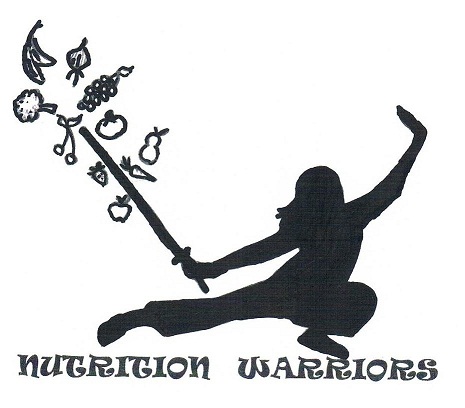Loosing Height?
 June 8th, 2012
June 8th, 2012
People typically lose about 1 cm (0.4 inches) every 10 years after age 40. Height loss is even greater after 70 years old. In total, you may lose 1 to 3 inches in height as you age.
The vertebral bones that make up our spinal column are separated by gel-like disks. As we age, these disks get flatter, so our spinal column shrinks. Our vertebra also loses bone density as we age, making them thinner. The end result is a stooped spine. And it’s not just hazardous to your posture – Harvard researchers recently found that height loss, a commonly seen by-product of age-related bone thinning, is a predictor of future risk of hip fractures.
- Alcohol tampers with calcium levels in the body as well as hormone levels that affect bone density, damaging your bones.
- Smoking is a risk factor for bone loss, and the longer you smoke, the greater risk you have of bone fractures. Studies show that even exposure to secondhand smoke at an early age could contribute to bone loss.
- Exercise is always good for your health, but in this case, it is very important in keeping your bones and muscles strong for proper back and head support. Exercises such as swimming, running on the elliptical, and bicycling ,walking, jogging or climbing stairs.
- Chiropractic maintenance care will help prevent a degenerating posture and ultimately prevent as well as help restore height loss.
Exercises to help you stand taller.
Prone Extension Exercise
- Lay on your stomach in a push-up position. Instead of doing a standard push-up, however, let your hips and legs remain on the floor and lift only from the waist, gently curving your spine backwards. Dr. Pearlman recommends as many repetitions as you’re comfortable with, 20 to 30 seconds each. This exercise will relieve pressure on your lower back and, in some cases, aid in re-aligning discs. Dr. Pearlman adds a word of caution, though. “People doing this exercise should also do exercises to strengthen their abdomen,” he says. “It’s important to keep your body in muscular balance.”
Pectoral Stretch
- Round-shouldered posture tips you forward, which shortens you and contributes to neck pain. The object of a pectoral stretch is to help relieve pressure on your back by lengthening chest muscles. There are several pectoral stretches. Among the easiest is to simply stand in a doorway with your arms apart and bent at the elbows. Allow your elbows to rest against the door frame and then gently lean forward. Regular pectoral stretches will improve your posture and you’ll stand taller.
Cervical Retraction Exercise
- One of the most effective exercises for diminishing forward head posture is cervical retraction. Stand straight, with your back against a wall and your chin up. Simply slide your head back to the wall without lifting or turning it. Dr. Pearlman recommends placing your index finger at the point of your chin to maintain proper alignment. “Try to slide your head back so that your ears are directly above your shoulders,” he says.Dr. Pearlman also strongly recommends that, should you have doubt about your ability to safely perform any exercise, you consult your physician or chiropractor.
Resources
Spine Universe

